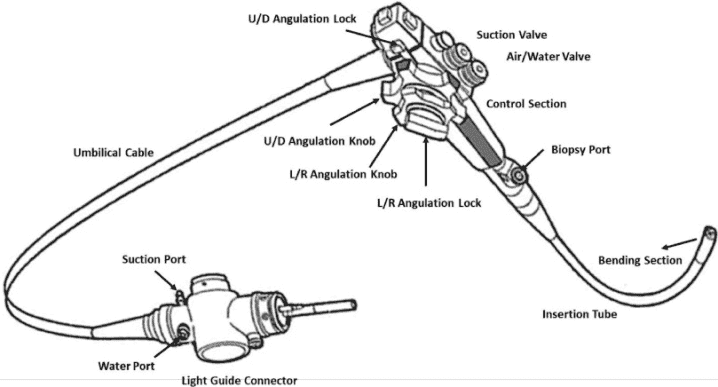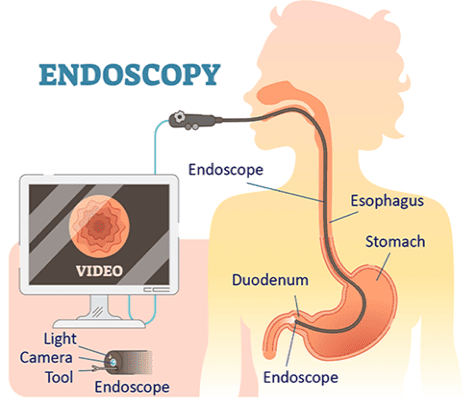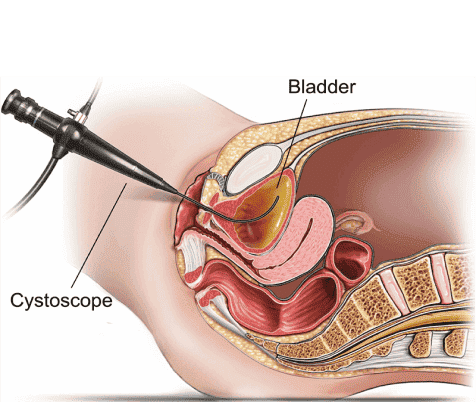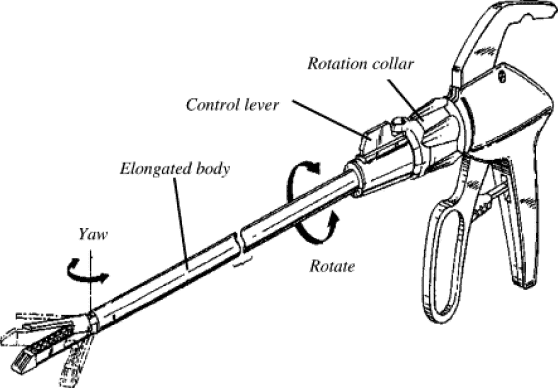Knowledge Centre
What is Endoscopy?
An endoscopy is a medical procedure that allows a doctor to examine the inside of the body without major surgery. During an endoscopy, a doctor inserts a long, thin, flexible tube called an endoscope into the body through a natural opening, such as the mouth, urethra, or anus, or through a small cut in the skin. The endoscope has a light and a camera at the tip that captures images or videos of the body's internal organs, which are then displayed on a screen for the doctor to see.
Why is Endoscopy Done?
An endoscopy is a medical procedure that allows a doctor to inspect the inside of the body without performing major surgery. It can be used to diagnose and treat a variety of conditions, including:
- Digestive issues: Such as heartburn, nausea, vomiting, abdominal pain, difficulty swallowing, gastrointestinal bleeding, GERD (gastroesophageal reflux disease), celiac disease, colon polyps, and colon cancer
- Head and neck issues: Such as swallowing disorders and laryngitis
- Joint issues: Such as arthritis, tears, and dislocations
- Upper endoscopy - Mayo Clinic
- Why it's done. ... Investigate symptoms. An endoscopy can help determine what's causing di...
- Endoscopy: Procedure, Types, What To Expect - Dwarika Clinic
Parts of Endoscopy

A lens system that transmits an image from the objective lens to the viewer, such as a relay lens system in rigid endoscopes or a bundle of fiber optics in fiberscopes. A magnifying glass Videoscopes with no eyepiece may be used as modern instruments.
Endoscopy Procedure
An endoscopy is a medical procedure that allows a doctor to see inside the body without major surgery. The procedure involves passing a long, flexible tube called an endoscope into the body through a natural opening, like the mouth, or a small cut in the skin. The endoscope has a lens and a video camera at the tip, which allows the doctor to see images of the internal organs on a screen.

Laparoscopy

Endoscopy

Cystoscope
What is Laparoscopy?
Laparoscopy, also known as keyhole surgery or minimally invasive surgery, is a surgical procedure that uses small incisions to examine and operate on the organs in the abdomen or pelvis. It can be used for both diagnosis and treatment of a number of conditions, including:
- Tumors and other growths
- Injuries
- Bleeding inside the belly
Why is Laparoscopy Done?
Laparoscopy, also known as keyhole surgery, can be used for both diagnosis and treatment:
- Diagnosis
- Laparoscopy can help diagnose conditions like appendicitis, pelvic inflammatory disease, endometriosis, and some cancers. It can also help determine the stage of cancer, locate abdominal injuries, and assess internal bleeding. Laparoscopy is often used when other imaging tests, like X-rays, ultrasounds, and MRIs, don't provide enough information.
- Treatment
- Laparoscopy can be used to treat conditions like hernias, burst or bleeding stomach ulcers, and ectopic pregnancies. It can also be used to remove organs like the appendix, gallbladder, ovaries, prostate, or liver. Laparoscopy can also be used for weight loss surgery and hysterectomies.
- NHS
- Laparoscopy (keyhole surgery) - NHS
- Why a laparoscopy is done. A laparoscopy can be used to diagnose conditions such as append...
- Healthdirect
- Laparoscopy | healthdirect
Key components of a Laparoscopy Equipment System

- Trocar. A trocar is a device that is made up of a metal or plastic tip, a hollow tube called cannula and seal. ...
- Light Cable. ...
- Laparoscope / Telescope. ...
- Light Source. ...
- Monitor. ...
- Laparoscopy Camera. ...
- CO2 Insufflator. ...
- Surgical Instruments.
Laparoscopy Procedure
A laparoscopy is a minimally invasive surgical procedure that uses a small incision in the abdomen or pelvis to examine the interior of the abdominal or pelvic cavities. The procedure is also known as keyhole surgery.
Need a Helping Hand? Click for Assistance
Sometimes finding what you need can be tricky. Click here, and let our dedicated team lend a helping hand, making sure you get the information and support you're looking for.
